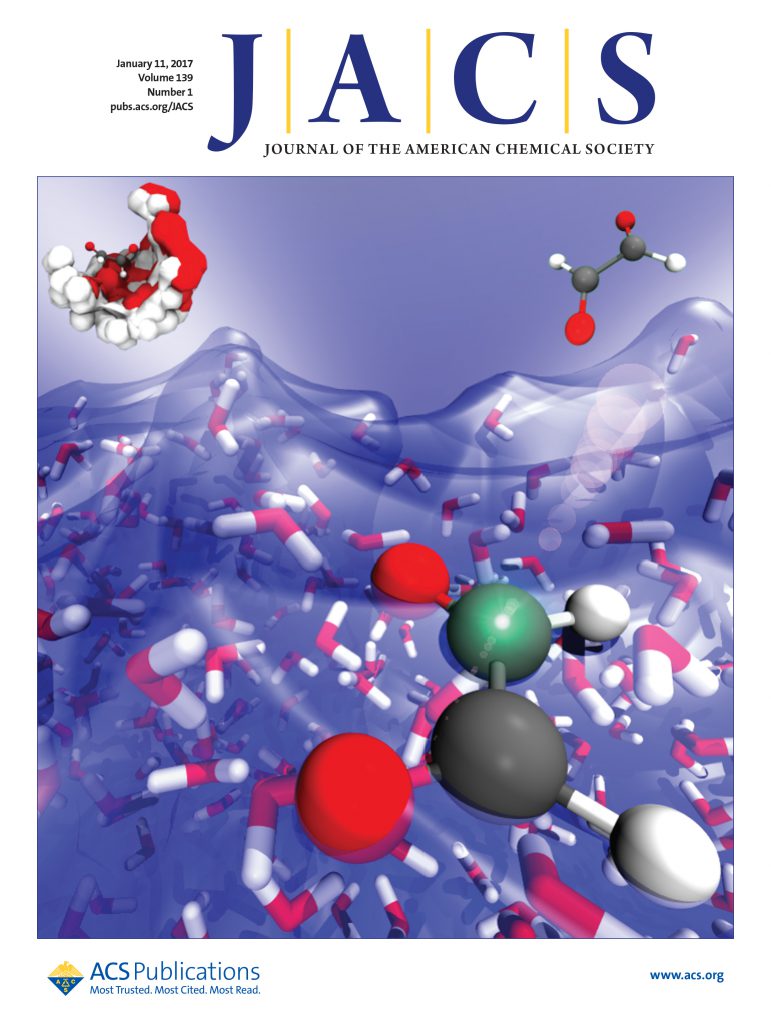Tailoring Activation Intermediates of CO2 Initiates C–N Coupling for Highly Selective Urea Electrosynthesis
IF 14.4
1区 化学
Q1 CHEMISTRY, MULTIDISCIPLINARY
引用次数: 0
Abstract
Electrocatalyzed reduction of CO2 and NO3– to synthesize urea is a highly desirable, but challenging reaction. The bottleneck of this reaction is the C–N coupling of CO2 and NO3– reduction intermediates. In particular, the uncertainty of CO2 multielectron reduction intermediates severely affects the selectivity and activity of C–N coupling processes involving multiple electron and proton transfers. Here, we present a novel tandem catalyst with two compatible single-atom active sites of Au and Cu on red phosphorus (RP-AuCu) that efficiently converts CO2 and NO3– to urea. Experimental and theoretical prediction results confirmed that the active center of Au on red phosphorus promotes electron transfer between CO2 molecules and red phosphorus, thereby regulating CO2 activation intermediates to produce electrophilic *COOH. In addition, the active center of Cu on red phosphorus can enhance the electrophilic attack of *COOH species on *NH2, thus promoting the selective formation of C–N bonds. Consequently, RP-AuCu exhibited a urea yield of 22.9 mmol gcat.–1 h–1 and a Faraday efficiency of 88.5% (−0.6 VRHE), representing one of the highest levels of electrocatalytic urea synthesis. This work deepens the understanding of the C–N coupling mechanism and provides an interesting catalyst design approach for the efficient and sustainable production of C–N compounds.

求助全文
约1分钟内获得全文
求助全文
来源期刊
CiteScore
24.40
自引率
6.00%
发文量
2398
审稿时长
1.6 months
期刊介绍:
The flagship journal of the American Chemical Society, known as the Journal of the American Chemical Society (JACS), has been a prestigious publication since its establishment in 1879. It holds a preeminent position in the field of chemistry and related interdisciplinary sciences. JACS is committed to disseminating cutting-edge research papers, covering a wide range of topics, and encompasses approximately 19,000 pages of Articles, Communications, and Perspectives annually. With a weekly publication frequency, JACS plays a vital role in advancing the field of chemistry by providing essential research.

 求助内容:
求助内容: 应助结果提醒方式:
应助结果提醒方式:


